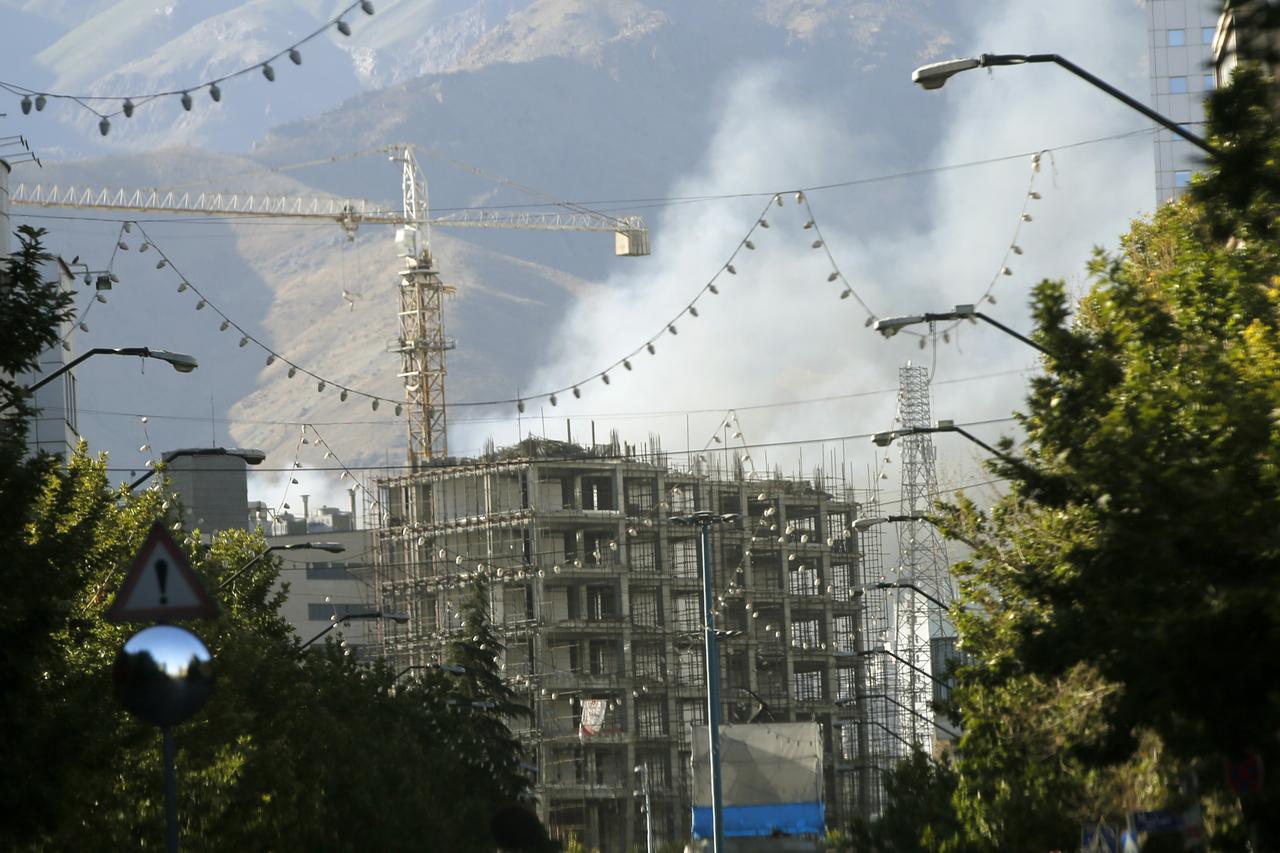
A potential strike on Iran’s Bushehr Nuclear Power Plant could lead to a catastrophe on the scale of the 1986 Chernobyl disaster, the head of Russia’s state nuclear agency warned Thursday.
“If a strike is carried out on the operating first power unit of the Bushehr Nuclear Power Plant, it will be a catastrophe comparable to Chernobyl,” said Alexey Likhachev, chief of Rosatom, during remarks at the St. Petersburg International Economic Forum, according to state news agency RIA.
The warning comes amid rising tensions in the region following Israeli airstrikes across Iran, including on military and nuclear targets.
Likhachev emphasized that an attack on the plant, which is located on the Persian Gulf coast in southern Iran, would cross “the line between good and evil,” and confirmed that Rosatom continues to monitor the safety of Russian personnel at the site.
He added that, so far, there has been no physical destruction of Iran’s nuclear enrichment plants and no radiation leakage has been detected following the recent Israeli strikes.
“With our understanding of the structures at enrichment sites such as Natanz, the strikes were not powerful enough to damage the underground facilities,” he said.

Likhachev said dozens of Russian technicians had already been evacuated from Iran via Azerbaijan and Armenia. However, more than 200 Rosatom personnel remain stationed at Bushehr.
“For now, we consider it possible to leave our workers at Bushehr,” he said. “But we are prepared for any scenario, including a rapid evacuation of all our workers.”
The presence of Russian specialists at the site is believed to have deterred Israeli strikes on the Bushehr plant, even as Israel targeted other nuclear sites in recent attacks.

The Bushehr plant, one of Iran’s most significant nuclear installations, has a complex history. Construction began in 1976 under a nuclear agreement with Germany. However, the 1979 Iranian Revolution halted progress, with German contractors abandoning the project at roughly 70% completion.
Construction resumed after Iran signed an agreement with Russia in 1995, but the project faced multiple delays due to pressure from the U.S. and its allies. The 1,000-megawatt facility finally began operations in September 2011, reaching full capacity by 2012 and was officially transferred to Iran in 2013.
Former Iranian President Hassan Rouhani said in 2015 that the plant’s power generation capacity had increased to 3,000 megawatts.
Regional tensions escalated sharply on June 13, when Israel launched coordinated airstrikes across Iran, targeting nuclear and military facilities. Iran responded with retaliatory missile attacks.
Israeli officials said at least 24 people have been killed and hundreds injured in Iranian strikes. Iranian authorities reported at least 639 killed and more than 1,300 wounded in Israel’s assault.
Russian President Vladimir Putin confirmed Thursday that 250 Russian personnel are currently stationed at the Bushehr plant.